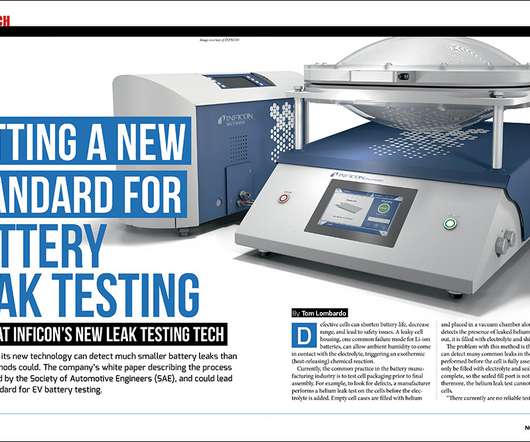Researchers move closer to faster-charging Li-ion batteries; real-time tracking of Li ions in LTO
Green Car Congress
MARCH 25, 2020
A team of scientists led by the US Department of Energy’s (DOE) Brookhaven National Laboratory and Lawrence Berkeley National Laboratory has captured in real time how lithium ions move in lithium titanate (LTO), a fast-charging battery electrode material made of lithium, titanium, and oxygen.


















Let's personalize your content